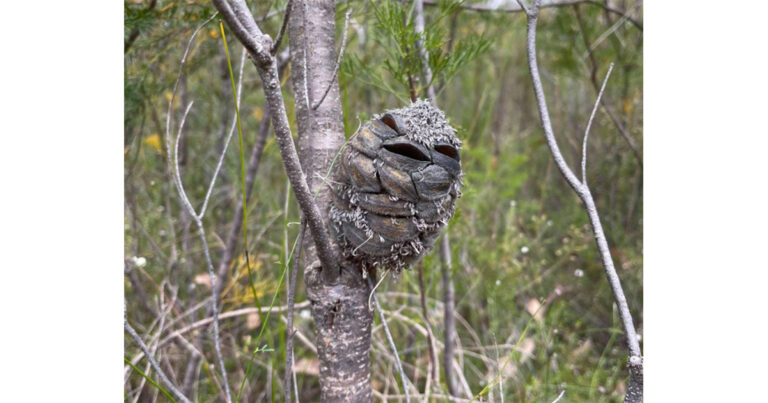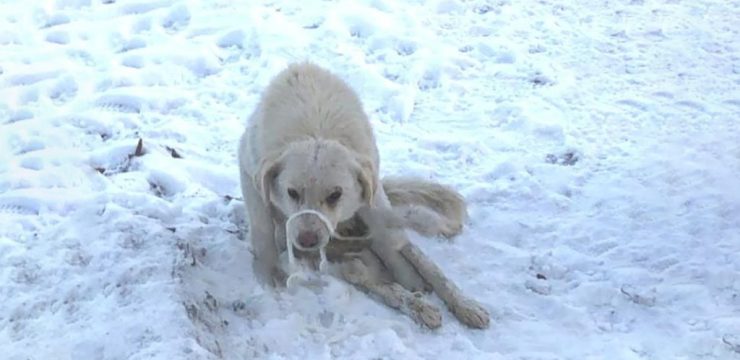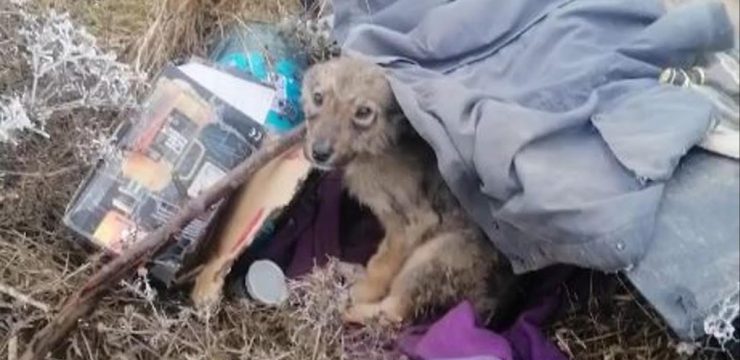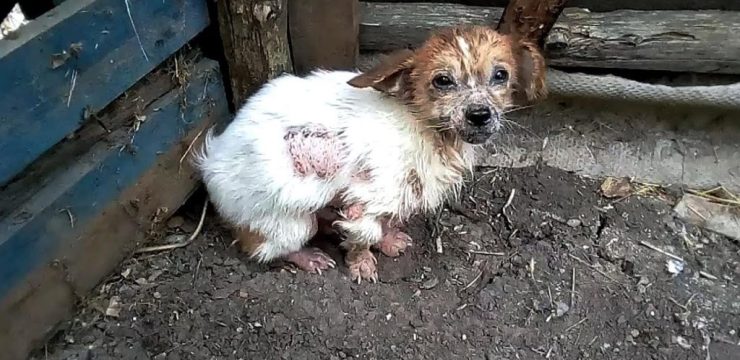There’s something deeply peaceful about being in nature—an almost meditative calm that modern life rarely offers. You know the feeling: the sound of leaves rustling underfoot, the crisp scent of eucalyptus, the way sunlight filters gently through a canopy of trees. For many people, escaping the city and immersing themselves in the natural world is more than just a hobby—it’s therapy. Those long walks in the woods, the quiet strolls across open meadows, or even a simple hike down a familiar trail can do wonders for the mind and soul.

Being outdoors offers more than physical benefits; it nurtures mental clarity and emotional balance. The fresh air, the stillness, and the unpredictable beauty of what you might encounter remind us of a simpler, slower rhythm of life. That’s why some people make a habit of heading into nature every week, not just for exercise but to reset their minds and reconnect with something genuine and grounding.
And the thing about exploring the outdoors is that you never quite know what surprises might be waiting. Sometimes, the most ordinary walk can turn into a story you’ll tell for years—something that captures the magic and humor of the wild.
That’s exactly what happened to Australian woman Kym Beechey, who loves nothing more than wandering through nature with her camera in hand. Kym isn’t a professional photographer, but she has a sharp eye for detail and a deep appreciation for the wonders she finds along the way. She often captures the textures, colors, and tiny moments that most people might miss—the delicate curl of a fern, the flash of a bird’s wing, or the intricate pattern on an insect’s back.
But one day, her love for nature photography led to an amusing case of mistaken identity that left her laughing out loud—and eventually, made thousands of others smile too.
While on a walk through the Australian bush, Kym noticed something perched on a branch a few feet away. It looked, at first glance, like a baby tawny frogmouth, a bird often mistaken for an owl because of its large eyes and expressive face. Excited by her discovery, Kym quietly pulled out her phone to snap a photo. She didn’t want to startle the little creature, so she zoomed in carefully, trying to capture what looked like the bird’s tiny “smile.”
For a moment, everything seemed perfect—the lighting, the angle, the focus. She clicked the shutter, proud of what she thought was one of her best wildlife photos yet. But as she looked closer at the image, something felt off. The “feathers” didn’t look quite right, and the “eyes” seemed oddly still.
That’s when Kym realized her hilarious mistake.
The “baby bird” wasn’t a bird at all—it was a banksia pod, the woody seed case that grows on the iconic Australian banksia tree. From a distance, the pod’s unique shape and markings can easily trick the eye, especially if you’re hoping to see wildlife. The dark openings of the seed compartments can look like eyes, while the rough texture resembles feathers.
Kym couldn’t help but laugh at her mix-up. “I thought it was smiling at me!” she reportedly said after realizing the truth. Instead of capturing a rare bird photo, she had taken a surprisingly charming picture of a plant that just happened to look like one.
When she later shared the image online, it quickly went viral. People were fascinated—and amused—by how convincingly the banksia pod resembled an animal. Some even joked that it looked like a “baby dragon” or “a grumpy little creature from a fairy tale.” Others confessed they would have made the exact same mistake.
So what exactly are banksia pods, and why do they look so unusual?
Banksia trees are native to Australia, with most species found in the country’s southwest. However, they can also be spotted in parts of Papua New Guinea and New Zealand. The trees are known for their unique flowers, which form large cone-like clusters. When these flowers dry out, they leave behind hard pods that eventually open to release seeds.
Interestingly, this process often happens in response to bushfires. The intense heat causes the pods to burst open, scattering seeds across the scorched ground—a natural adaptation that helps the species survive in fire-prone environments. This remarkable cycle of destruction and renewal has fascinated botanists for years, symbolizing resilience and rebirth in the Australian landscape.
Because of their distinctive appearance, banksia pods are sometimes compared to pinecones, but they’re not related. They belong to an entirely different plant family. Their quirky, almost animated look has inspired artists and craftspeople who use dried pods in sculptures, ornaments, and even home décor pieces.
Kym’s photo, though accidental, beautifully captured what makes nature so endlessly captivating: its ability to surprise us. Sometimes, we see what we want to see—a cute animal, a perfect picture—only to discover something entirely different but equally delightful.
In a world filled with filters, edits, and perfectly curated moments, Kym’s honest mistake reminds us that not every photo has to be flawless to be meaningful. Sometimes, it’s the unplanned moments—the funny ones, the ones that make us laugh at ourselves—that end up being the most memorable.
After sharing her story, Kym said she plans to keep exploring and photographing nature, only now she’ll take an extra moment to make sure her subjects have feathers before snapping the shot. Still, she wouldn’t trade that experience for anything. “It gave me a good laugh,” she said, “and a picture I’ll never forget.”
The story quickly spread across social media, drawing comments from people all over the world who loved her good humor and humility. Many thanked her for brightening their day with something so simple yet so human. Others said it made them look at nature differently, noticing beauty even in the smallest, strangest things.
Perhaps that’s the real magic of Kym’s discovery—not the mistaken photo itself, but the reminder that nature has a sense of humor, too. Every walk through the woods or stroll across a field offers the possibility of wonder, whether it comes in the form of a rare bird or a quirky seed pod that looks ready to wink at you.
In the end, Kym’s story is a lighthearted lesson in paying attention, keeping a sense of curiosity, and remembering to laugh when things don’t go as planned. Because sometimes, the best treasures of the natural world aren’t the ones we go looking for—they’re the ones that find us when we least expect them.





